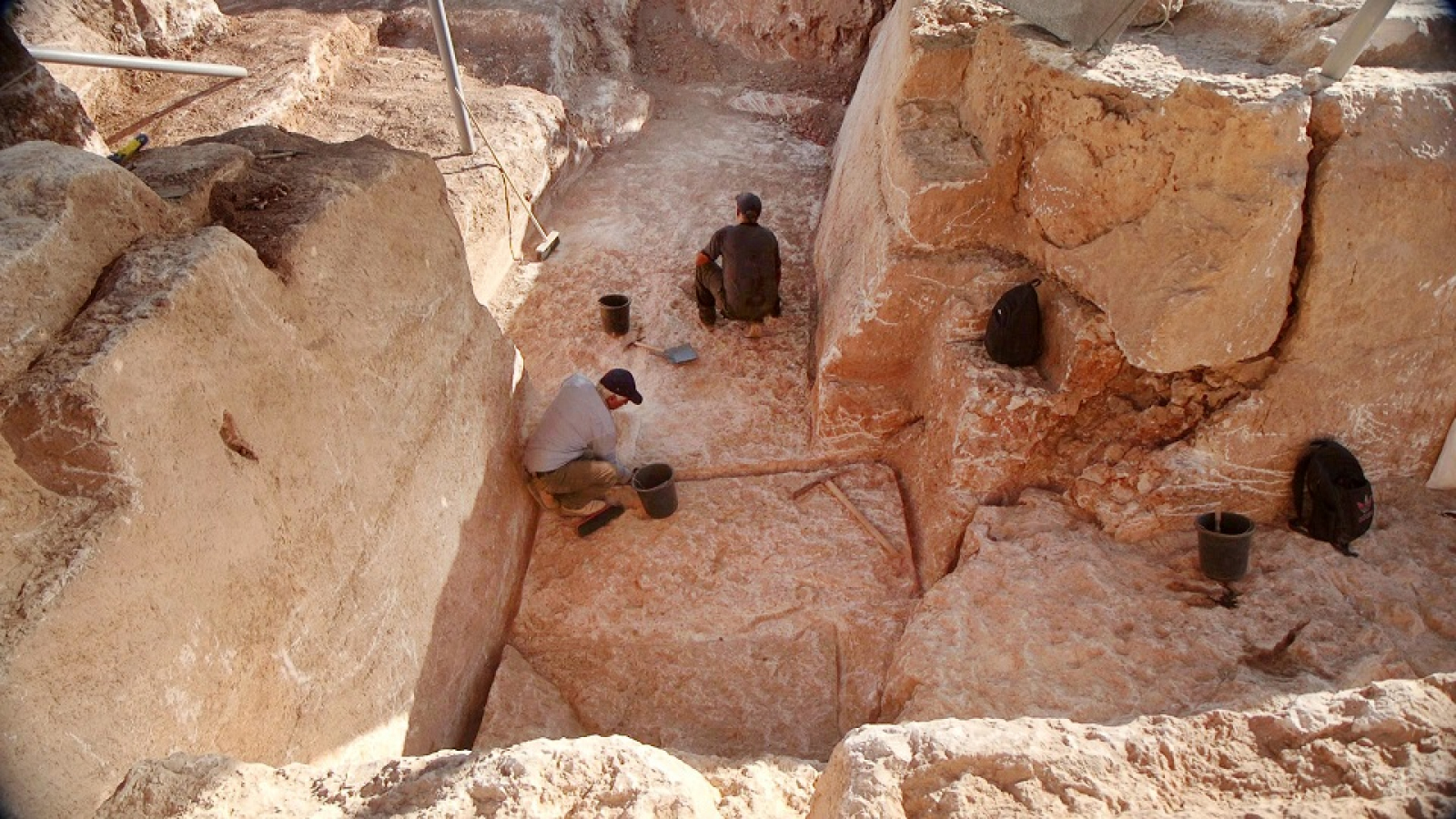
The source of the building stones for Jerusalem's Second Temple may have been discovered.
The vast quarry spans about 3,500 square meters (37,674 square feet) and contains building blocks, some of which weigh about 2.5 tons (2.25 metric tons) (the Israel Antiquities Authority (IAA) recently announced in a statement.
Archaeologists at the newfound quarry, which is located in the Har Hotzvim area of Jerusalem, also found a stone jar that would have been used for purification of a person, along with other artifacts.
The site dates back more than 2,000 years, to a time when King Herod ruled the kingdom of Judea. Herod built many structures during his reign, the most famous being the Second Temple, the most holy site in Judaism.
Related: 31 ancient temples from around the world, from Göbekli Tepe to the Parthenon
The first temple was destroyed by the Babylonians in 587 B.C. This quarry was likely used until around A.D. 70, when the Roman Empire conquered Jerusalem during a revolt.

The quarry was discovered during excavations before a commercial complex was built. The quarry will be preserved and integrated into the complex, according to the statement.
This discovery "provides valuable insights into the scale of construction activities in Jerusalem during its peak period, just before its destruction by the Romans," Amos Frumkin, professor emeritus at the Institute of Earth Sciences at the Hebrew University of Jerusalem, told LiveScience in an email. "It helps paint a more complete picture of the city's industrial capabilities and the immense resources that went into its monumental architecture," Frumkin said.
Boaz Zissu, a professor of archaeology at Bar-Ilan University, praised the discovery in an email to LiveScience.
He noted that other quarries from the same rough time period have been found in the Jerusalem area, including in Har Hotzvim. Archaeologists with the Israel Antiquities Authority who led the research did not respond to requests for comment by time of publication.







